As it turned out, German cockroaches are often confused with forest cockroaches that live in the wild in Germany and sometimes accidentally get into houses and apartments. Here in the video I have shown several of these cockroaches, photos of which were sent to me by viewers of my channel:
Indeed, such “wild” roaches are very similar to German cockroaches, but are also easily distinguished from them. Knowing this difference, you can easily understand what kind of insect you found in your home and what to do with it – just let it out to the garden, or kill it, and then find and exterminate all its relatives.
Therefore, let’s figure it out…
Real german and so-called “German” cockroaches
More than ten species of cockroaches live in the wild in Germany. The most common of them belong to the genus Ectobius, aka forest cockroaches. They live in parks, gardens and forests, feed here on rotting leaves and fruits, and die out in the winter, leaving oothecae with eggs in the ground and among fallen leaves. It is from these ootheca that the larvae hatch in the spring, grow up over the summer and reproduce next fall. This is how these generally heat-loving insects safely survive the not-so-hot German climate.
And in german houses and apartments there also live the so-called German cockroaches – natives of the tropics which have not learned to survive the winter outside of human habitation, and therefore live only in heated rooms.
It turns out to be a funny paradox: the true deutsch cockroaches, which have lived here since the Ice Age, are called anything but German – dusky cockroach, spotted Mediterranean cockroach, forest cockroach, amber wood cockroach. But the name German received the household roaches, that came to Germany only several centuries ago and are not adapted to life outside human habitation.
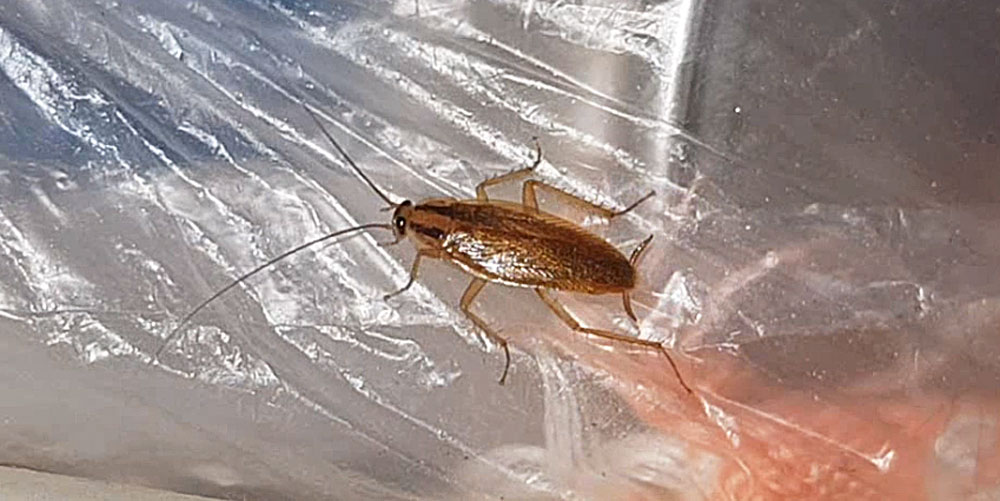
But these are just terminological mishaps. After all, the names of these species were given by Carl Linnaeus, and at that time exactly the German cockroaches were the most famous representatives of this family in Germany, while no one knew that they came to Germany from Southeast Asia. Therefore, in countries neighboring Germany, especially in Great Britain, they were called precisely German (believing that it was from Germany that they spread throughout Europe).
The main thing here is that literally side by side in Germany live malicious pests and completely harmless native roaches, which are very similar in appearance to each other. At the same time, forest cockroaches do not live in human housing, but they can accidentally crawl (or even fly in) here from nearby trees and bushes – just like flies, butterflies, stink bugs and some other arthropods do.
And when people come across forest roaches at home, they often mistake them for household German cockroaches, start to panic and flood the apartment with insecticides. While it is very easy to distinguish any forest cockroach from a German one and in a lot of cases don’t worry at all.
How to distinguish German cockroaches from their forest relatives?
If you look closely, you can see that forest roaches differ markedly from German cockroaches in coloration. Male dusky cockroaches, for example, have brown-gray wings and a generally black pronotum.
Similarly, male forest cockroaches have a black pronotum and gray wings, and they are similar to croton bugs mainly in body shape and size.
The spotted Mediterranean cockroach and the amber wood cockroach have the same light brown color of the tegmina as the German cockroach. And the female dusky cockroach’s wings, although not as red as those of the German ones, are much lighter than those of the males.
But the most reliable difference between German cockroaches and all forest species is two longitudinal black stripes on the pronotum. These stripes are present in both adults and nymphs, and in the latter they are even more noticeable.
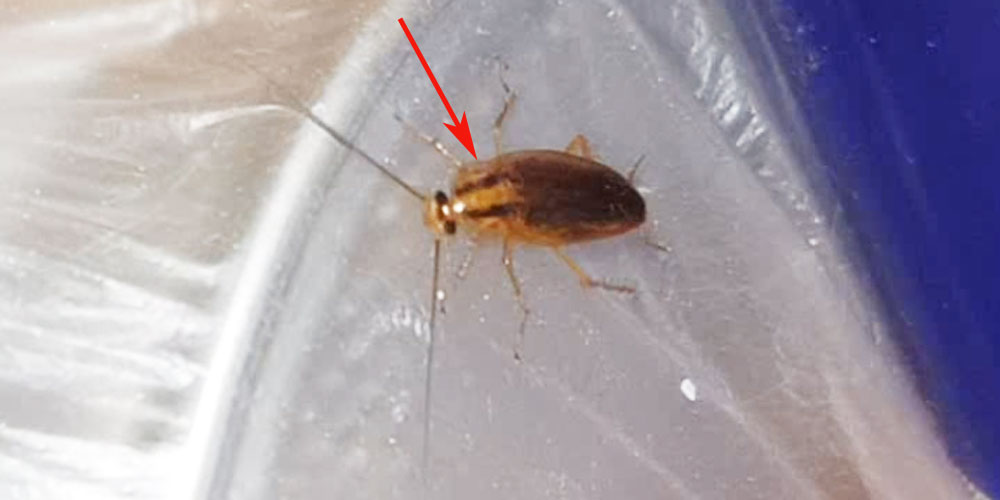
None of the species of deutsch forest cockroaches have such stripes. For example, the tawny cockroach and the amber wood cockroach have a pronotum of uniform light red color:
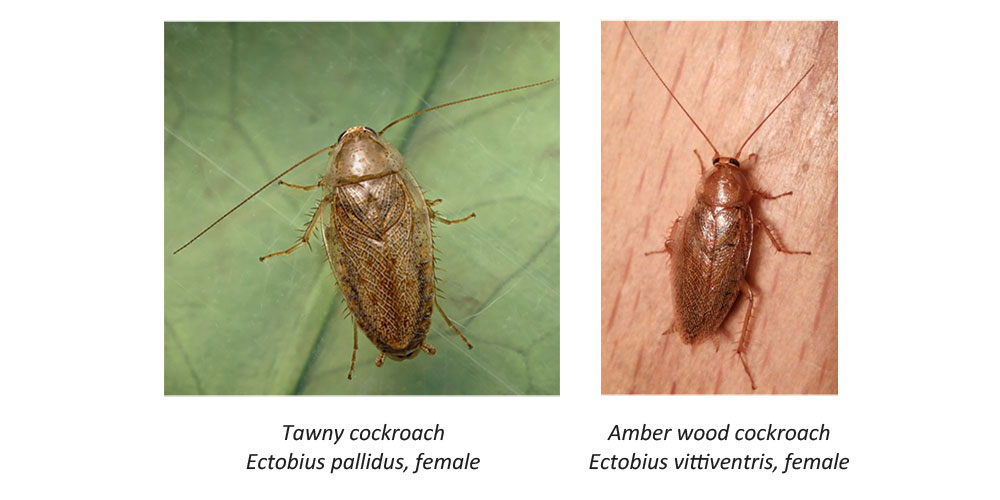
In female dusky cockroaches, the pronotum is also red, while in the male it is almost black and surrounded by a light rim.

The coloration of the pronotum of the forest cockroach is approximately the same:
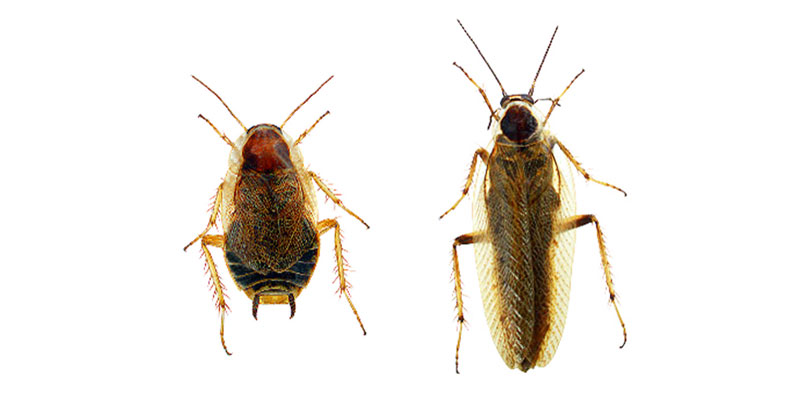
And as you can see, none of these species have the same stripes on their pronotum as the German cockroach.

Here are images of most species of forest cockroaches living in Europe in general:
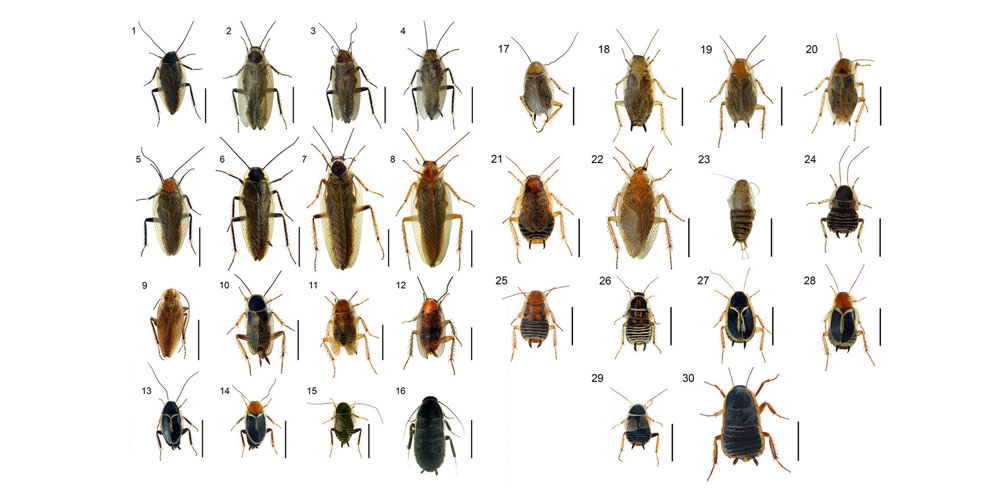
They also do not have the stripes by which croton bugs are recognized.
Therefore, if you find a small brown cockroaches that looks like a German cockroach, but does not have such stripes on its pronotum, then you can be calm: it is some species of forest cockroach. All of them are harmless, do not breed in living rooms, do not spoil food and do not cause any harm.
But if the cockroaches in your apartment have such stripes, then these are German cockroaches. They should be destroyed as soon as possible to prevent mass reproduction, and for this it is useful to look for them throughout the kitchen – behind the shelves, cabinets and refrigerator.
And it is also important to remember that this is not only true for Germany.
Where else can you find forest cockroaches similar to German cockroaches?
Cockroaches of the genus Ectobius live all over Europe, in the USA and Canada and in Russia up to Siberia. That is, everywhere in these regions they can accidentally get into apartments and houses and confuse people here with their resemblance to German cockroaches.
People send me many photos of such cockroaches from different countries and cities. Here, for example, is a cockroach from New York City:
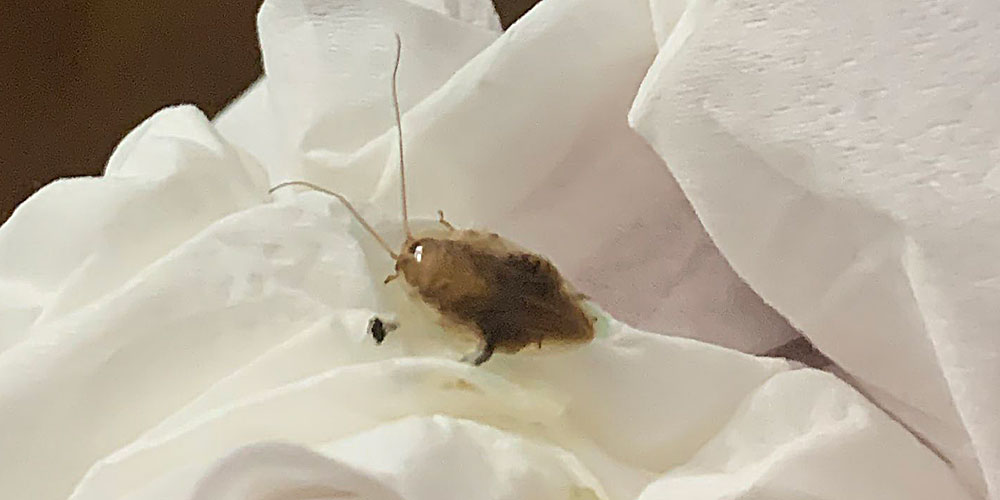
This is what remains from female dusky cockroach in house in New England, USA:
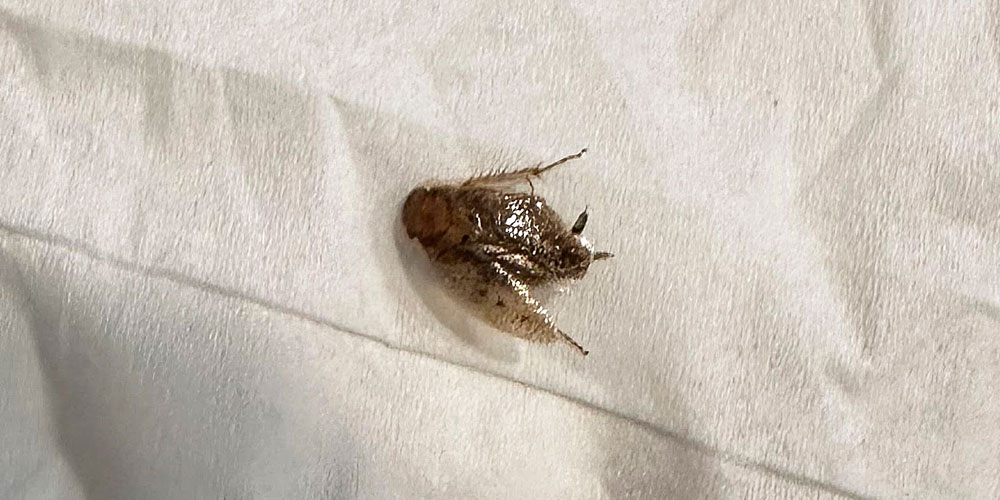
This female Planuncus tingitanus was shot in London:
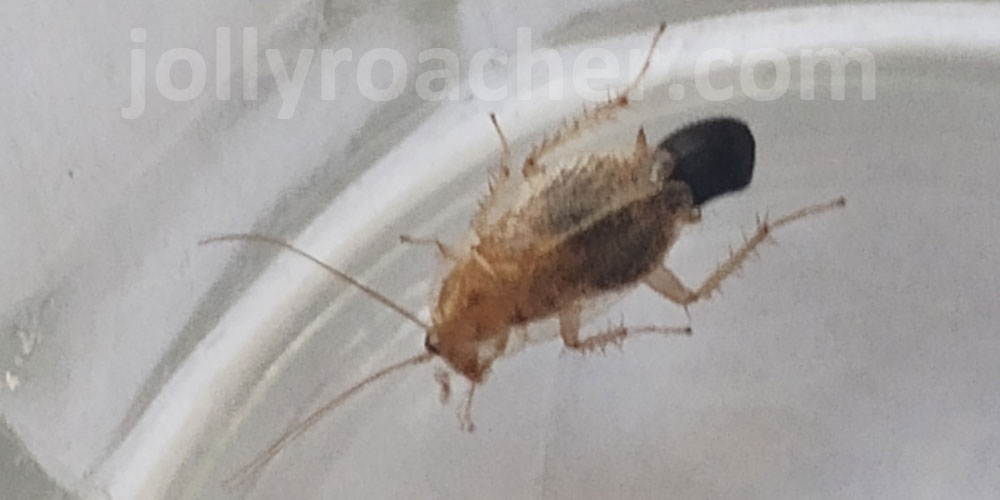
Here is a spotted Mediterranean cockroach from New Jersey:
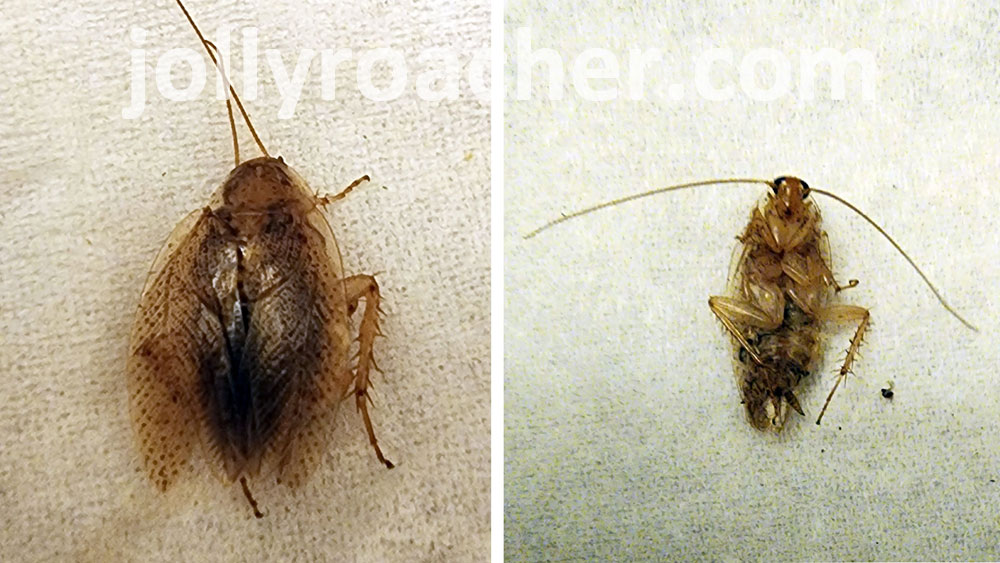
Ectobius from Holland:
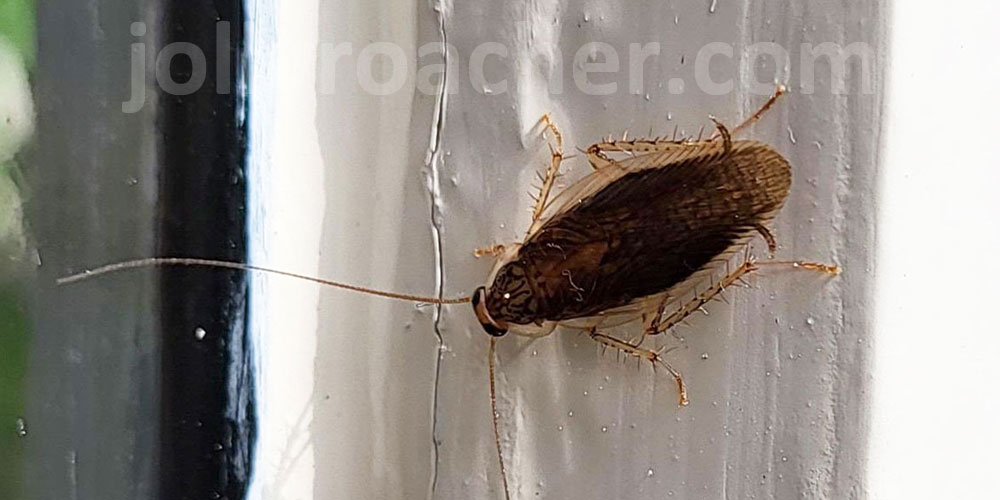
This is a dusky cockroach from Ukrainian Carpathians:
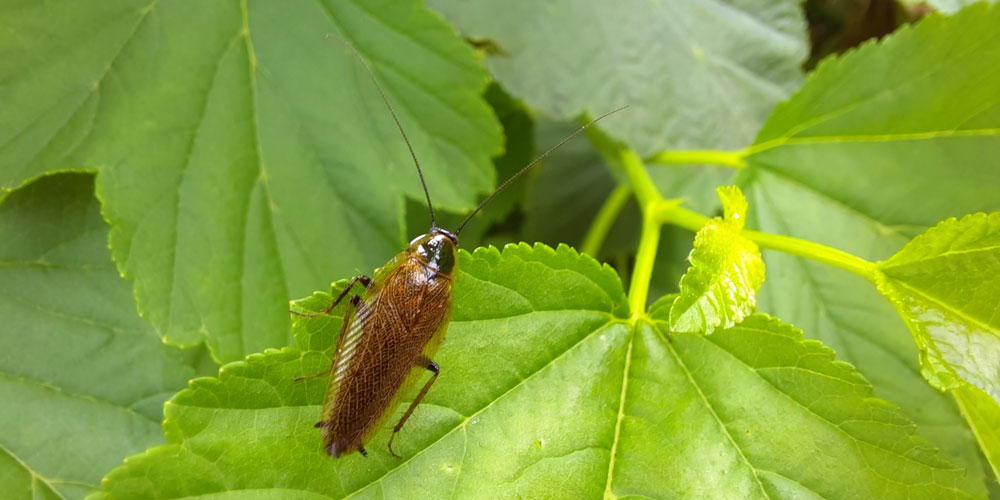
Tiny cockroach nymph from Sochi, Russia:
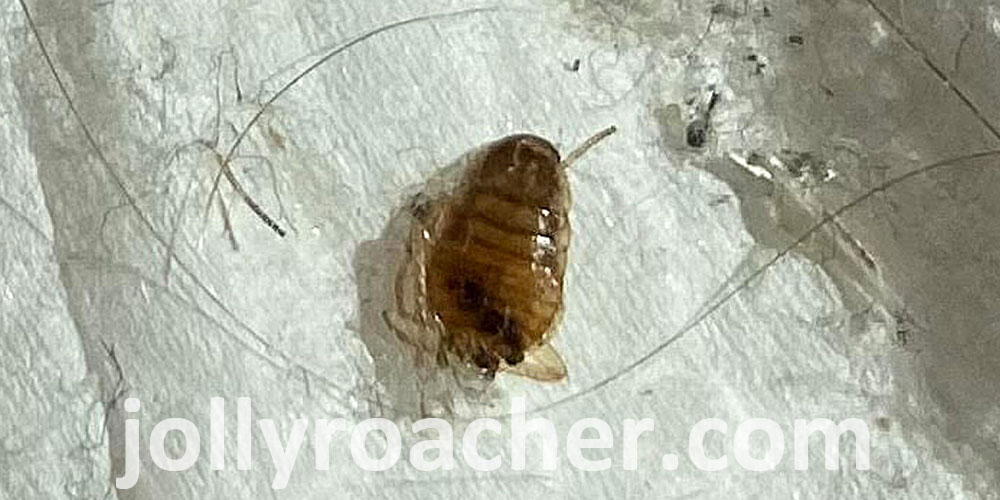
Probably, male of Ectobius vittiventris from Omsk:
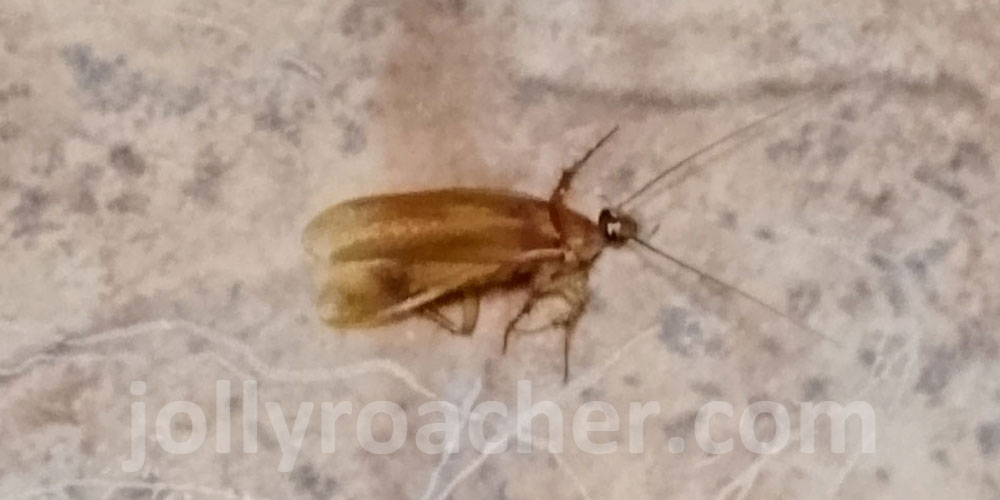
And another male of Ectobius lapponicus from Belarus:
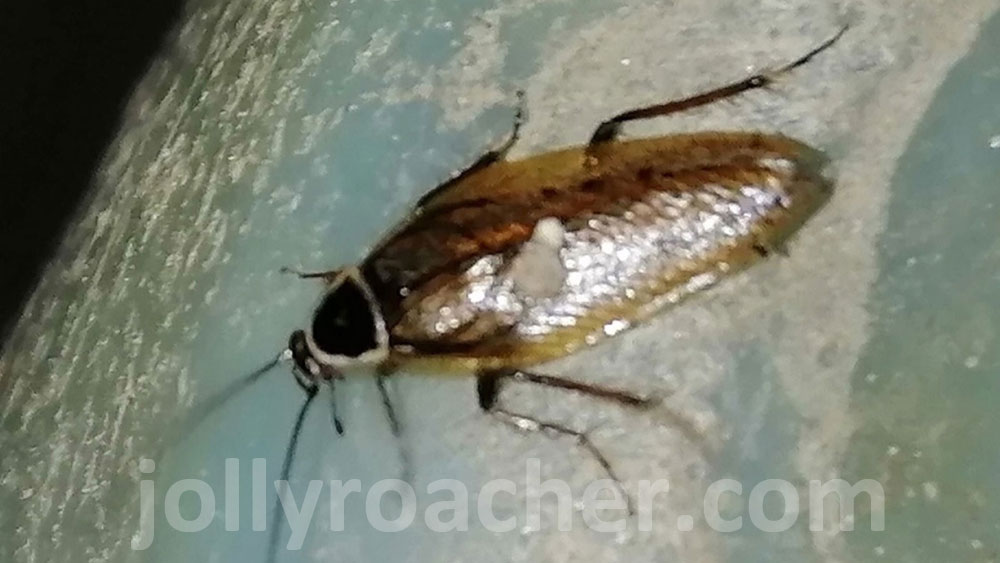
That is, literally in any European or American city such cockroaches can get into your house. And if you know how to distinguish them from German ones, then either calmly release them into the wild, or exterminate them in a timely manner and prevent them from breeding if they are croton bugs.
If you are unable to recognize the cockroaches in your home, then just take a video of them, take a photo and send them to me for identification. Together we will be able definitely determine whether they are harmful or not.
And if this material was useful to you, you can support my work and buy me a cup of coffee…
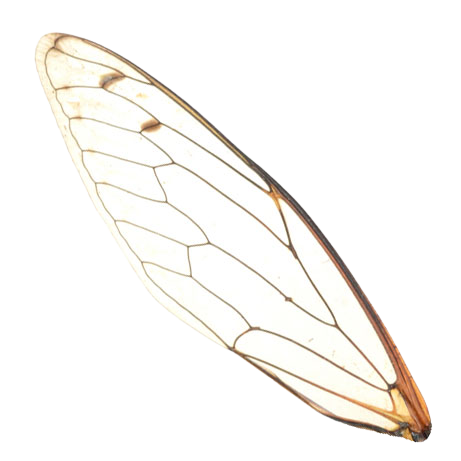
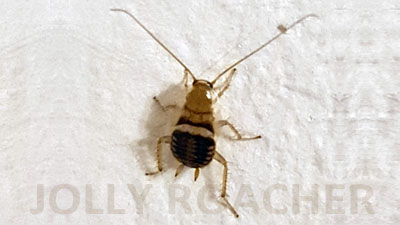
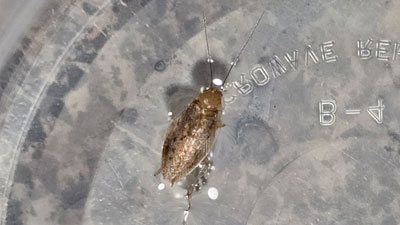
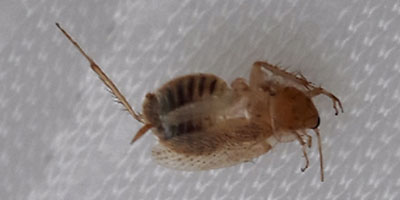
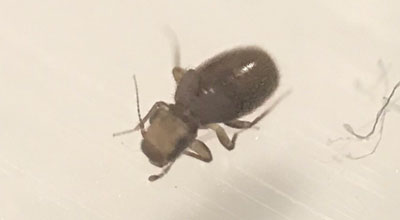
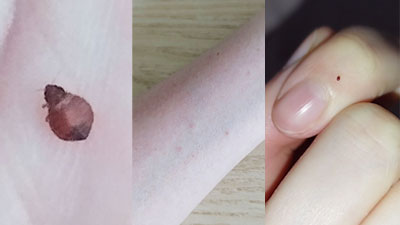
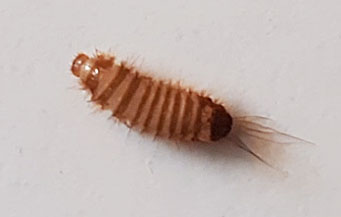
Hello there! Would you mind if I share your blog wit mmy zynga group?
There’s a lot of folks that I think would really enjoy your content.
Please let me know. Manyy thanks https://Lvivforum.pp.ua/
Yes, sure.